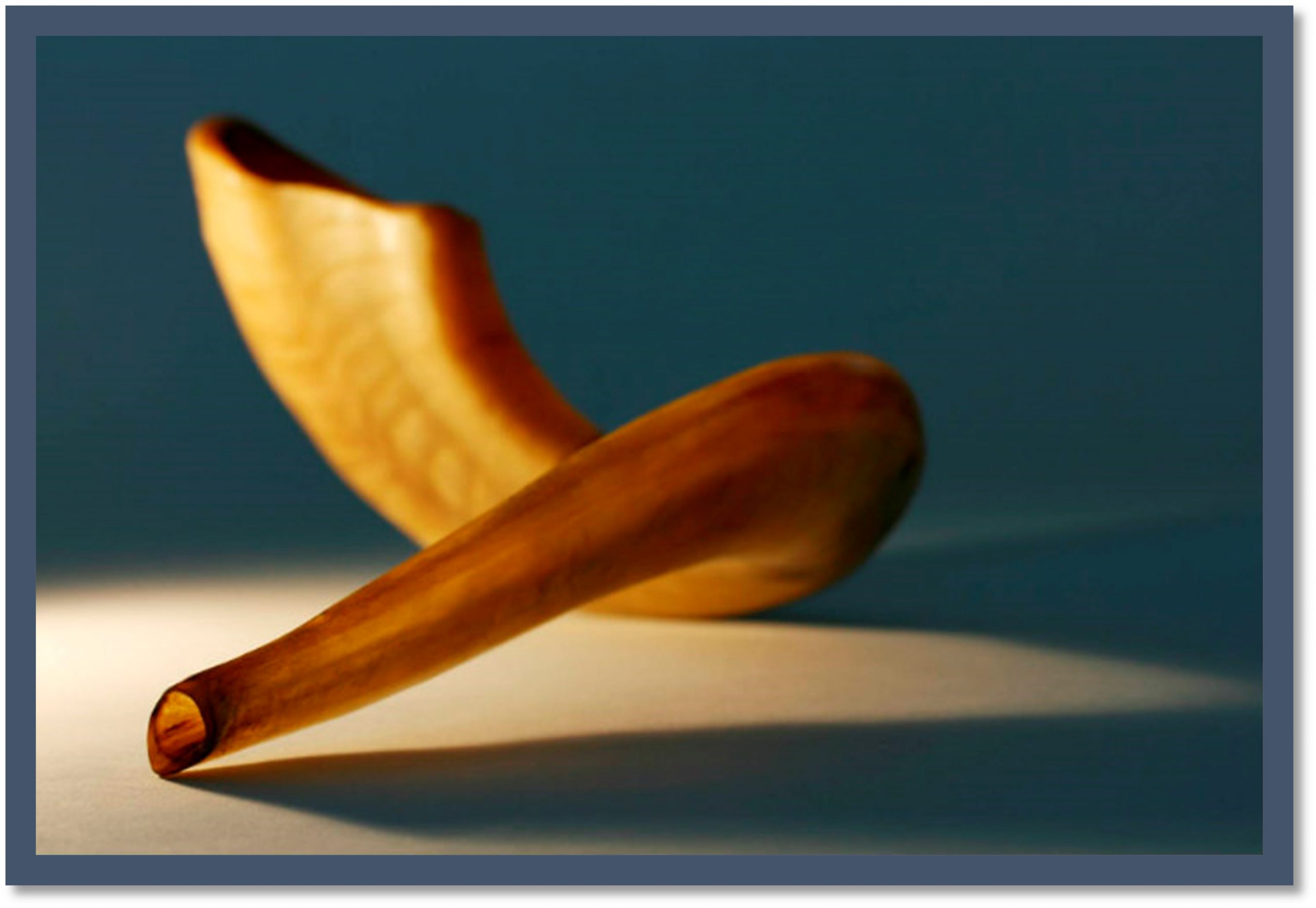
The Jewish High Holidays begin with the celebration of Rosh Hashanah the evening of Monday, September 6th and end with Yom Kippur at sundown Thursday, September 16th. The High Holidays are a time when many Jews make their strongest identification with Judaism, with their congregation, and with the Jewish people.
These ten days between Rosh Hashanah and Yom Kippur are known as the “Days of Repentance.” The holidays are celebrated in accord with the lunar-solar cycle. Consequently, on the Gregorian calendar the dates move annually. You might hear Jews describe this year’s High Holidays as “early.”
Rosh Hashanah literally means in Hebrew, “the head of the year.” The Erev (Eve) Rosh Hashanah service Sunday evening sets the stage to welcome the Jewish new year of 5782. It is also when the “Book of Life” is opened and is left open during the days of repentance. Jews are encouraged to identify things they have done wrong, might have done better, and to express sorrow for them, expressing sorrow to those affected. Hence the name “the Days of Repentance.” At the dramatic concluding Yom Kippur service, the Book of Life is symbolically closed for another year.
In Reform Jewish Congregations, the Erev Rosh Hashanah service is following by a full day of worship, this year Tuesday, September 7th. In Conservative and Orthodox Jewish Congregations, there is an additional day of Rosh Hashanah observance on Wednesday, September 8th.
These services feature special prayers delivered in a special High Holiday “trope” or chants; melodies heard only this time of the year. The music is soaring, the prayers special, the sermons special, with much of the worship experience dating back centuries. The Rosh Hashanah services conclude with the blowing of the shofar, or ram’s horn. This signals that we have all come together as the Jewish people once more, it marks the beginning of a new year, and that this is the time to commit to doing better in the year ahead.
During this time Jews will set our plates of apples and honey, the apples representing our world and the honey the sweetness of the new year. This is also the only time of the year that one has round challahs rather that the traditional loaf for services and at home. Again, the round challah represents the globe and recognizes this time as the birthday of the world.
The days following this service and leading up to Yom Kippur are to be a period of introspection. It is to be a time for “teshuva,” or turning around, identifying how one can do better.
On Yom Kippur, or the Day of Atonement, these commitments are entered into the figurative Book of Life. From Erev Yom Kippur (Eve of Yom Kippur) through the next day the worship experience is solemn and serious. If one’s health allows, it is traditional that Jews fast from the start of the Erev Yom Kippur service through sunset of Yom Kippur service. The holiday concludes with a Break the Fast meal, often with family and friends.
For those who have fulfilled the mitzvah, or commandment, to observe these holidays, one leaves with a renewed sense of purpose, of commitment, and of peace.
The traditional greeting to Jews during this High Holiday period is to wish one another a happy new year. In Hebrew this is, “Le Sha-nah To-vah.” It means literally, “Happy New Year.” One can also say, “Yom Tov,” happy holiday, and on Yom Kippur, wish one an easy fast.
May this year’s Days of Repentance be a time of sincere renewal, commitment, and peace for all. “Le Shanah Tova!”
Copyright 2022 © TYSONS INTERFAITH. All rights reserved.
